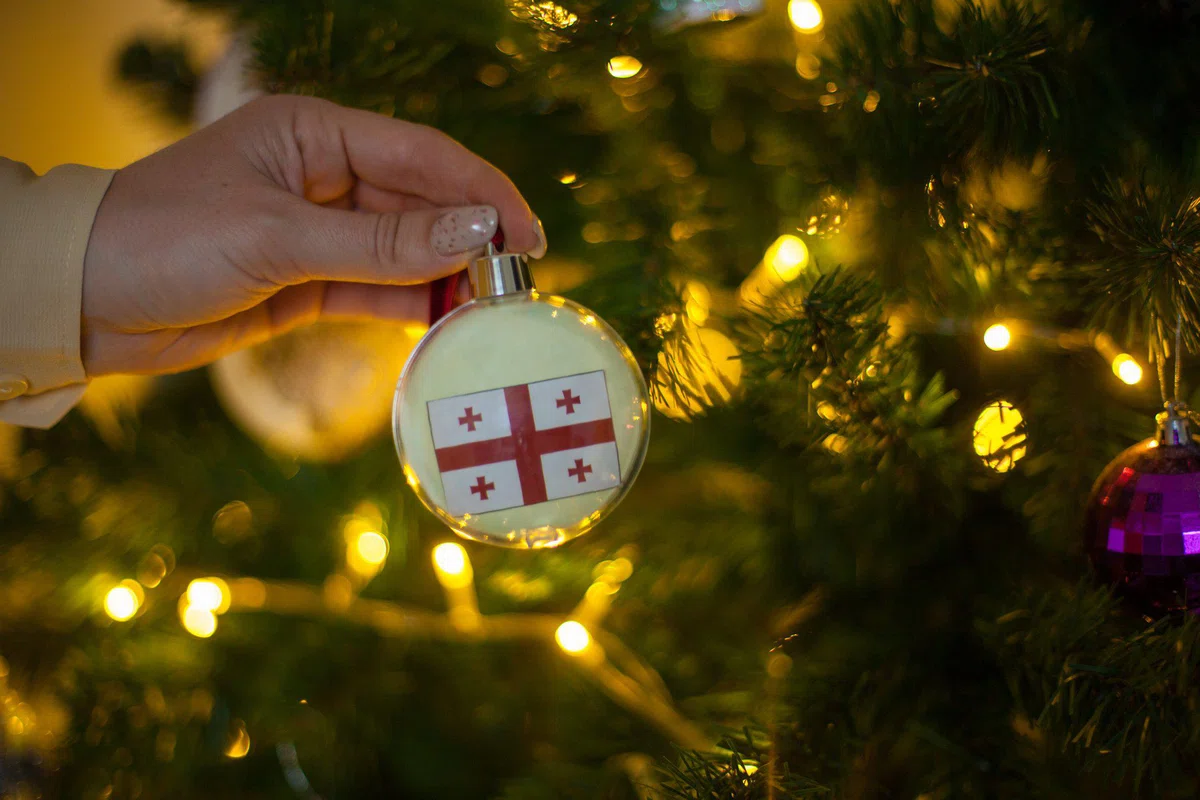
How the New Year is celebrated in different regions of Georgia: Unique traditions and customs
Find out how the New Year is celebrated in various regions of Georgia: from Kakheti to Svaneti. Each region of the country has its own unique traditions and rituals
Georgian customs are quite different from the usual Russian people. Read more about how the New Year is going in Georgia in the Madloba catalog.
Despite the general mood of happiness and goodwill, wishes of good luck and grace to everyone around, there are some differences in the celebration of New Year holidays in different parts of the country.
The contents⬇️
Samegrelo
In these parts, the New Year is called nothing else than Kalanda. In addition to national dishes, such as pork head and khachapuri, housewives cook gomi and lay an egg on top of it. The head of the family with this dish and chichilaki leaves to congratulate neighbors and passers-by on the street. Then he and his whole family celebrate at the New Year's table until morning.
An important difference is the shooting of rifles. If in other regions they switched to fireworks and fireworks, then in Guria and Samegrelo they adhere to the ancient tradition of shooting on New Year's Eve as many times as possible. After all, every shot kills an evil spirit.
In Guria, they observe a special rite with mekvle in the wine cellar, and in Samegrelo they like to guess at the Moon and nuts. In general, in Georgia, the nut is considered sacred and brings good to the house.
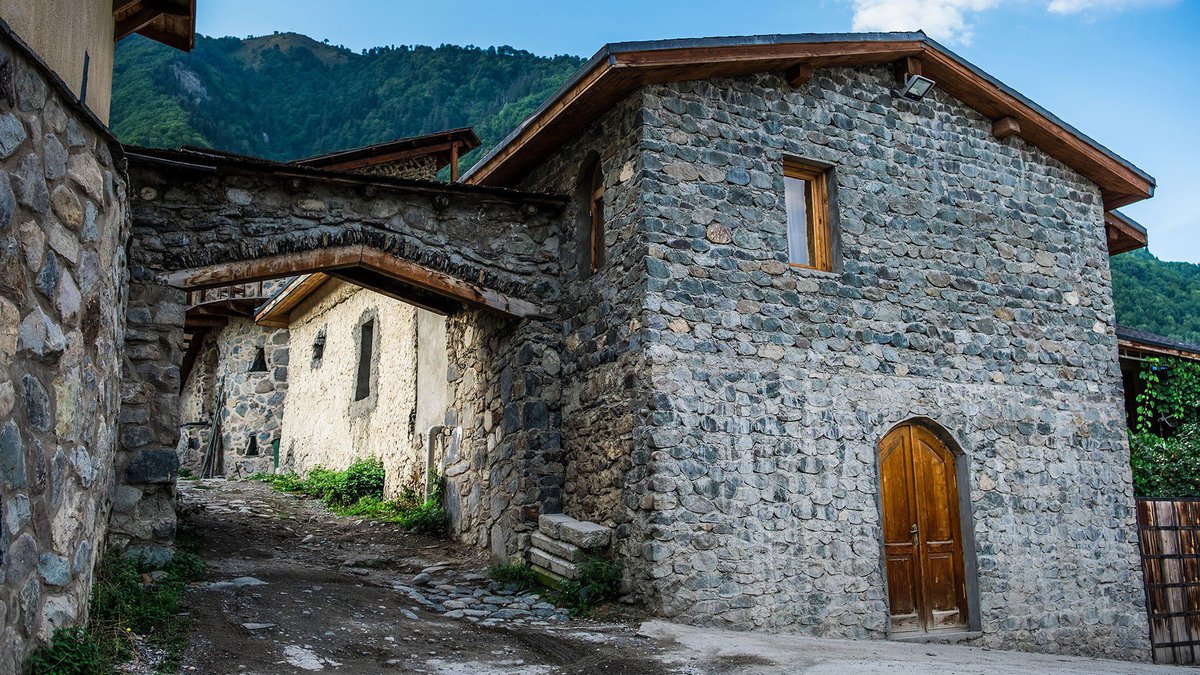
Tusheti
It is important to carefully prepare for the New Year's Eve in order to attract happiness and good luck to your home. To do this, chacha is prepared, Georgian beer and pies are baked in the form of different animals.
Next, it is necessary to put gifts in the prepared place: wool, salt, butter and cheese, as well as a specially baked “hearth cake” (it is prepared for the angels protecting the house).
When mekvle comes (he is chosen by himself), he brings bread with butter and cheese, as well as sweets and wishes the owners well and longevity. It is advisable to voice at the same time that his foot is the trace of an angel who brings happiness. After that, he treats himself to those snacks that were prepared for him in advance and accepts gifts.
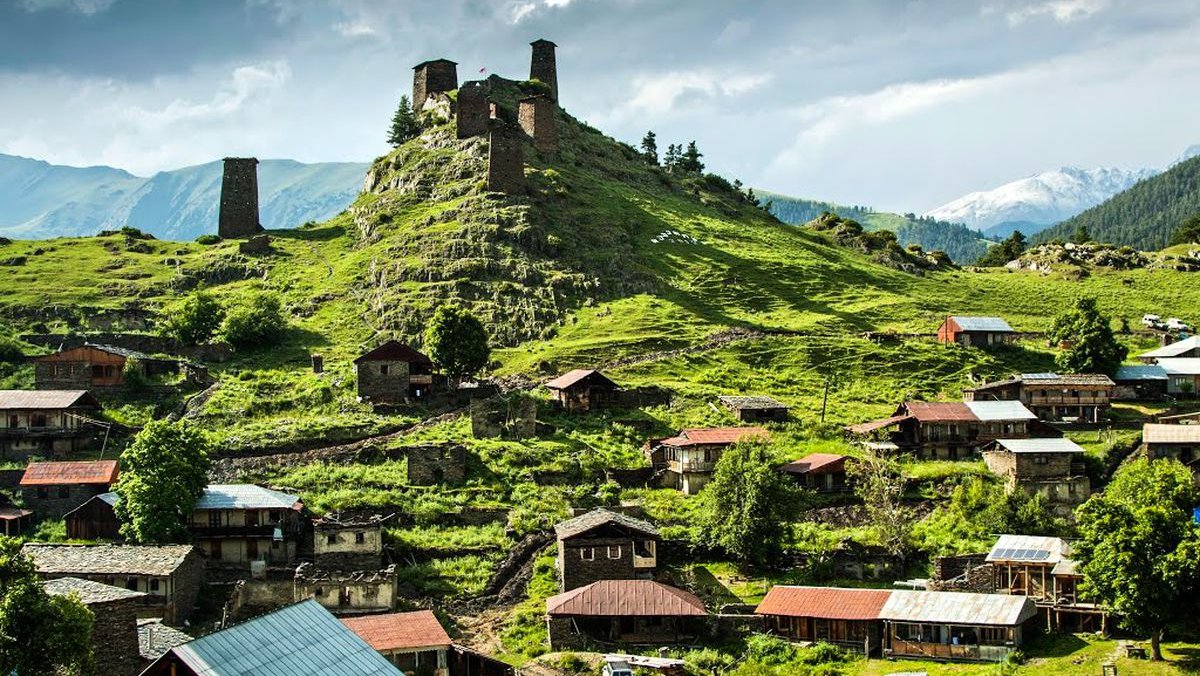
Imereti
In Imereti, the head of the family was assigned a special task – to have time to walk around the house with a tray of sweets three times before mekvle, praying for well-being, wealth and health. Then everyone sat down at the table, which necessarily had a pig's head, barbecue, chicken, khachapuri and lobiani.
During the celebration, another custom is carried out, which is not found in other regions of Georgia. The owner should light a fire and ask God for as much wealth and abundance in everything as there are sparks in this fire.
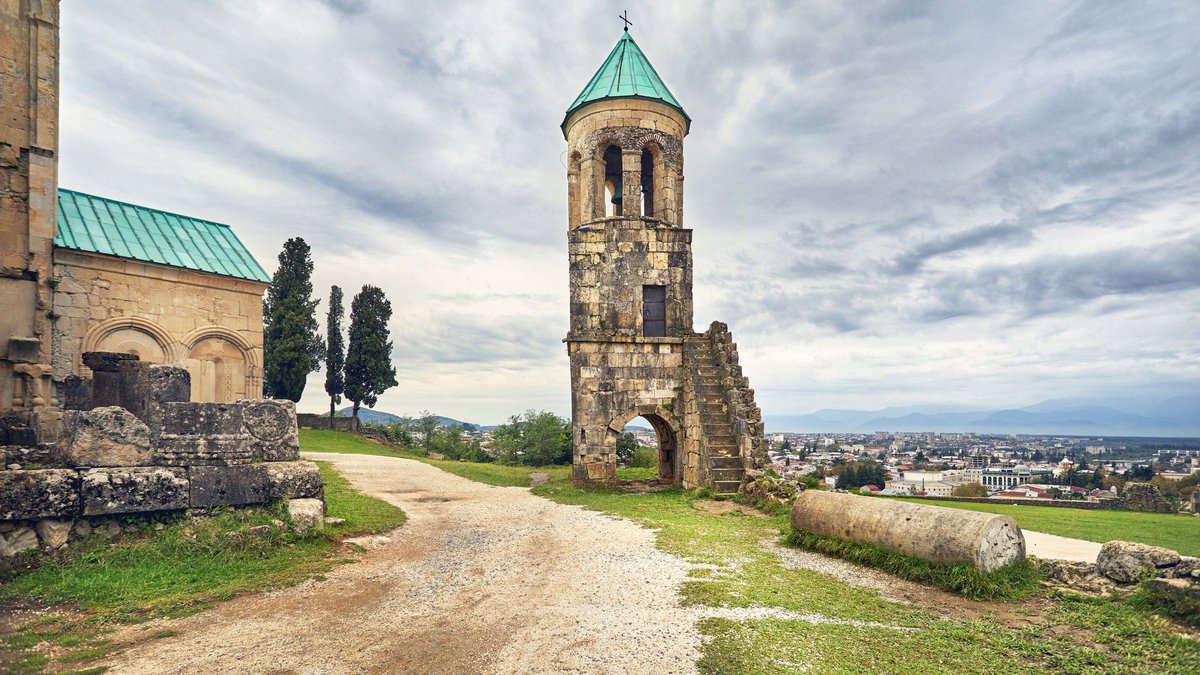
Lechkhumi
In this Georgian region, mekvle is not invited. His role is played by the oldest member of the family. Together with the youngest, he went to the vineyard and prayed for the health and well-being of family members.
After the prayer, you need to sprinkle all the possessions with wine in order to attract abundance in everything in the new year, and after that you can safely go to the holiday at the New Year's table.
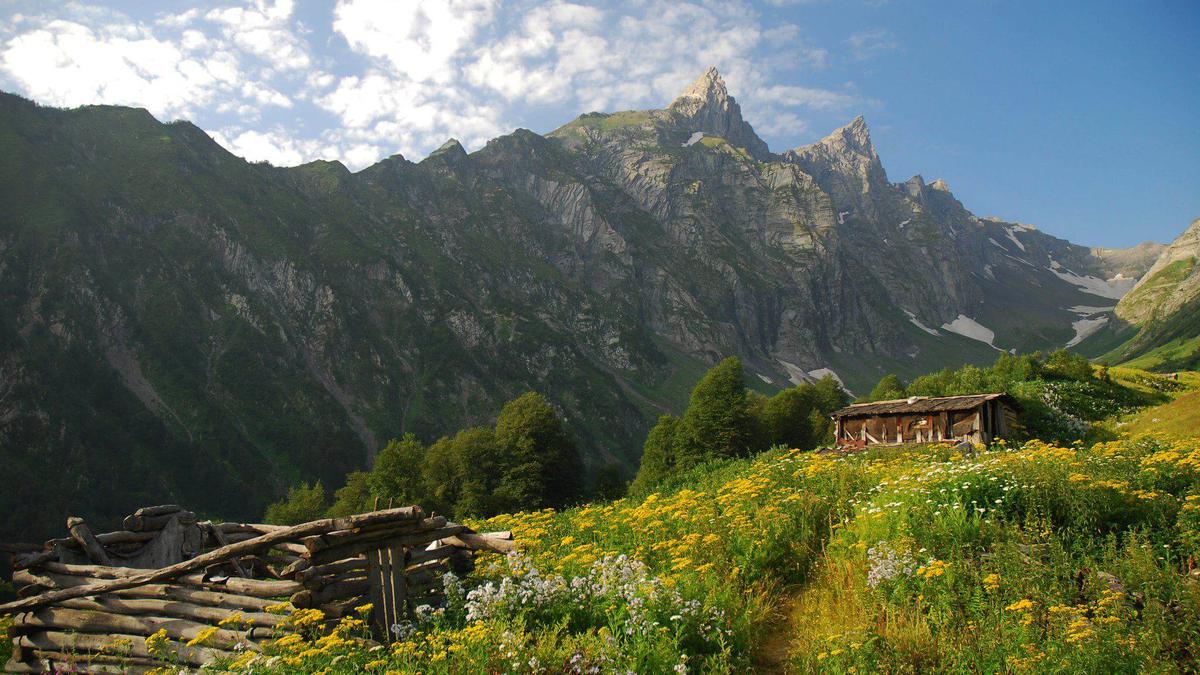
Javakheti
Pies in Meskheti-Javakheti differ from those baked in other regions of Georgia. In addition to the standard figures of animals, Basil's pies are mandatory here, with a beard and eyes-nuts in honor of St. Basil the Great. After all, the Orthodox celebrate his day on January 1.
The head of the family walks around his house three times with a tray full of such pies. During this rite, he pronounces special words that invoke happiness, God's mercy and the grace of the Holy Basil for the coming year.
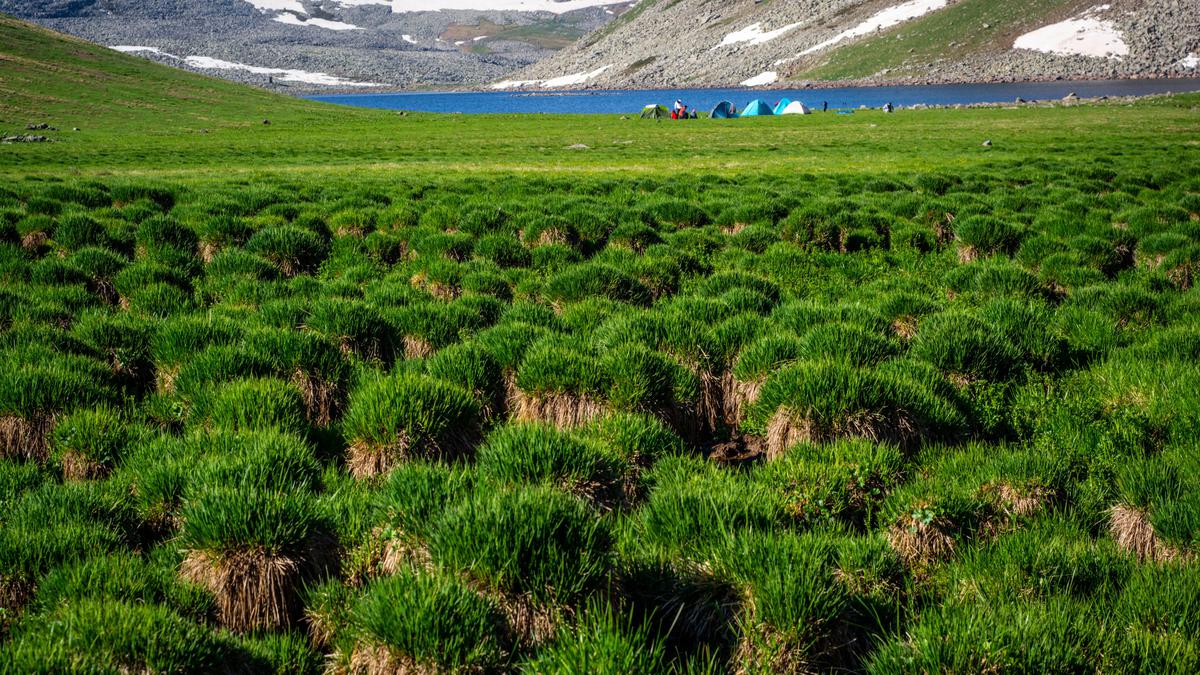
Khevsuvreti
In this region, the main difference from other Georgian customs is the duty of the hostess to bake special pies for mekvle. It is made large, and several different images of animals are placed on it. The figure that rises above the rest will characterize the success in the coming year.
Pies with different symbols are also baked for each family member. Whoever he rises above the rest, he should expect happiness in the New Year.

Adjara
As in other regions of the country, they call mekvle here, prepare New Year's treats and offer prayers for health and well-being. According to signs, they do not close the door on New Year's Eve so that happiness can get into the house, and they do not sleep until morning so as not to oversleep the mind.
Nevertheless, there are some features that distinguish Adjara from others. For example, to attract wealth in the house, grain is scattered in the corners, and it is necessarily placed on the table in a special bowl. Grain is recognized here as a symbol of abundance and fertility.
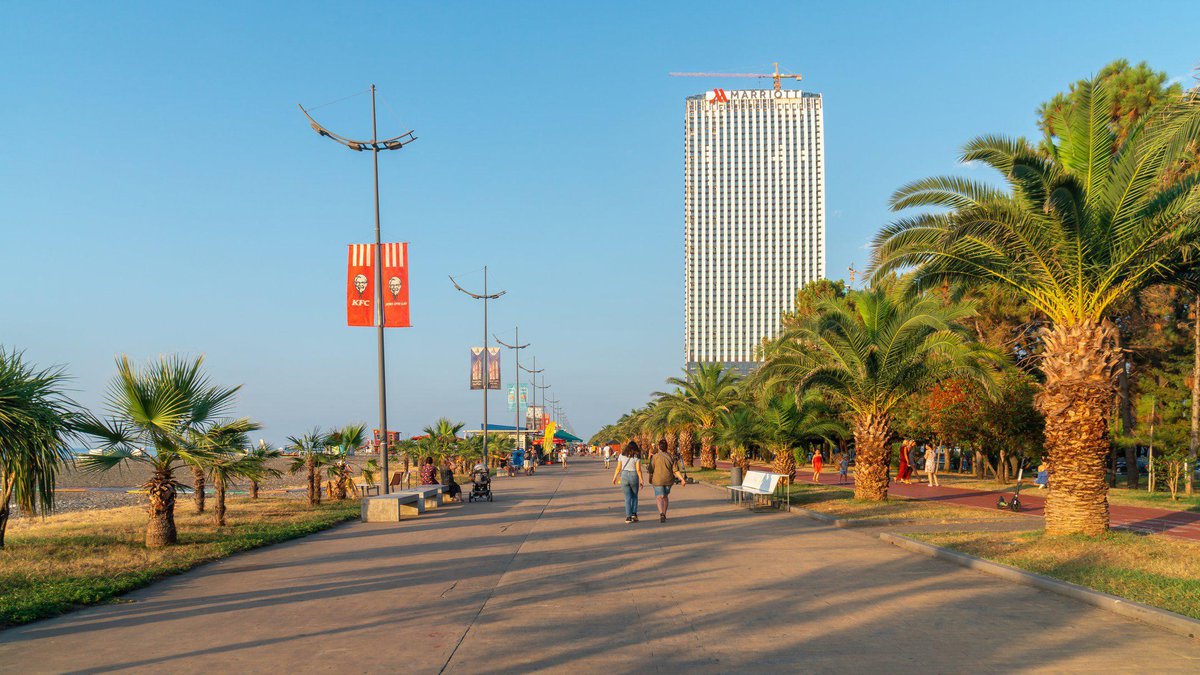
Racha
A distinctive feature of the celebration of the New Year in Racha is a baked hare. This is a mandatory dish not only for New Year's Eve, but also for the celebration of the Old New Year on January 14. And pies are painted in different colors with natural dyes.
A special ceremony has been prepared for mekvle – the kindling of a bonfire with the first crowing of a rooster. He should make a speech calling for peace, prosperity and abundance in the house, and then wash the household with water and have breakfast with them.
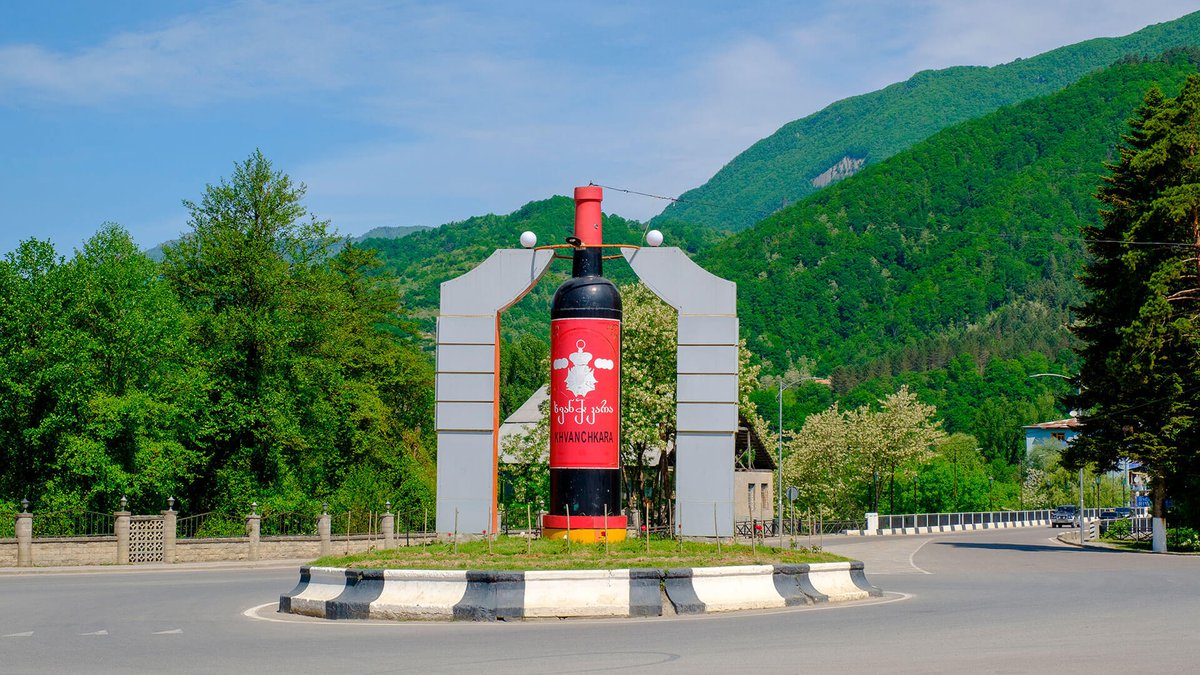
Pshavi
Khinkali is a mandatory dish here, treats with honey and butter are prepared for the whole family and mekvle. With the first crowing of the rooster, the youngest member of the family brings water into the house, into which he throws cheese and bread with the words “Water, accept my gifts and give me happiness and well-being.” After this ceremony, the whole family necessarily eats honey, saying "Tkbilad damiberdi", which means “let's grow old together sweetly".

Svanetia
A distinctive feature of Svaneti is a basket of treats. It contains sweets, honey, nuts, fruits and sweets. Such a set is placed on the front door so that everyone can have a treat.
There is a condition for mekvle – you need to go around the house three times, regardless of the weather and cold (and this is not uncommon in mountainous Svaneti), put sweets on the main pie and knock on the door with permission to enter. At the same time , you need to say “I bring the grace of God and the king to your house.” As gifts, silver is mandatory for each family member.
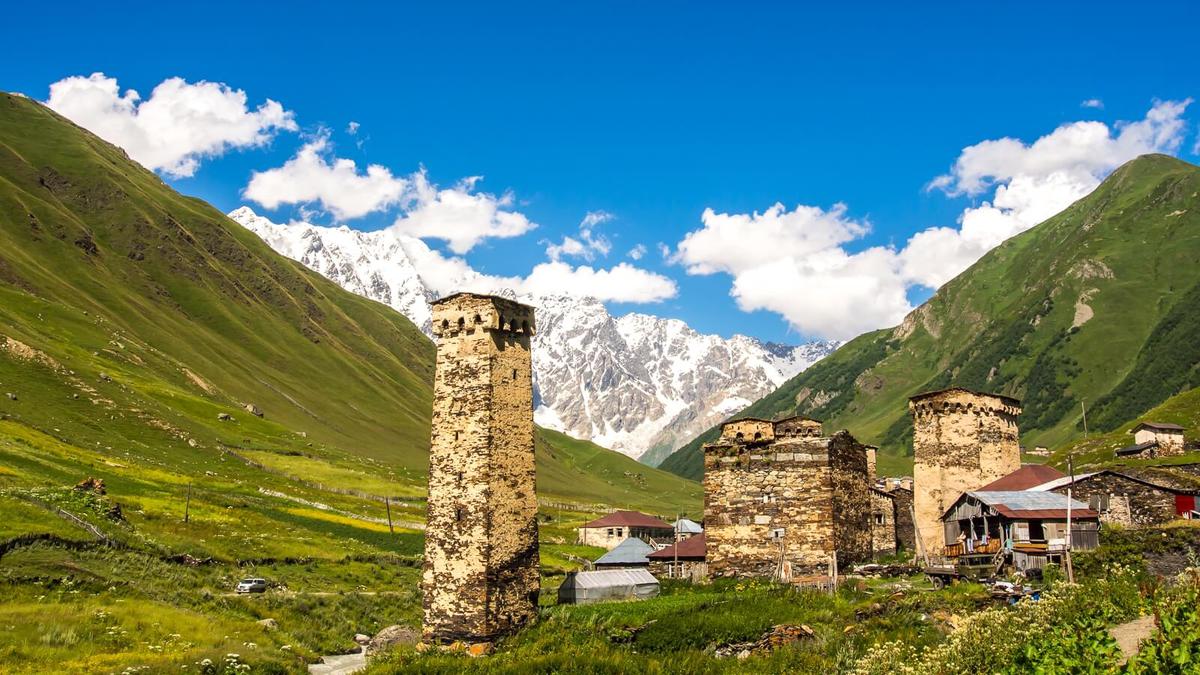
Kartli
Cakes in Kartli are baked not only for each family member individually, but also for pets. The main thing at the same time remains Basil's pie with the image of St. Basil the Great.
At dawn, the Abramiani rite is performed. For him, the owner takes out a tray with a pig's head, next to it lays out all the pastries on one side and sweets and honey on the other side. Candles are lit around them and then a prayer is said.
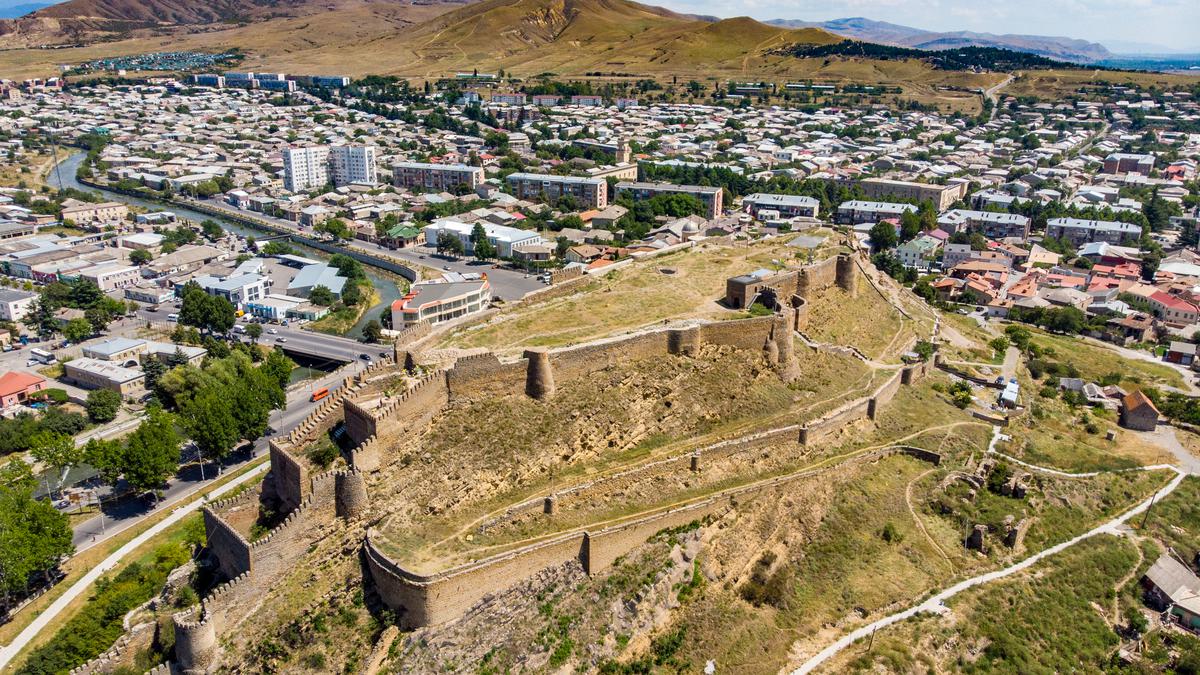
Kakhetia
Instead of the usual pies, Kakhetians bake bread with raisins and nazuki. This is a sweet Georgian pastry that all family members should taste. Traditional dishes also include pig's head, churchkhela, chiri and chacha. Of course, it cannot do without homemade wine, because Kakheti is one of the main producing regions of Georgian wines.
Here, too, at dawn, a ritual is observed with a house tour three times. This is done by the head of the family. He, along with mekvle, sprinkles the yard and the house with water from a spring or holy spring. Returning to the house, you need to scatter grain on the threshold to attract wealth and abundance.
There are a lot of interesting and unusual traditions in Georgia, but each of them carries great significance and secret meaning. If you happen to celebrate the New Year in any region of the country, do not hesitate to ask the locals about it. They will be happy to tell legends and tales about the origin of national customs on New Year's Eve in their region.








31 comments
Log in to leave a comment